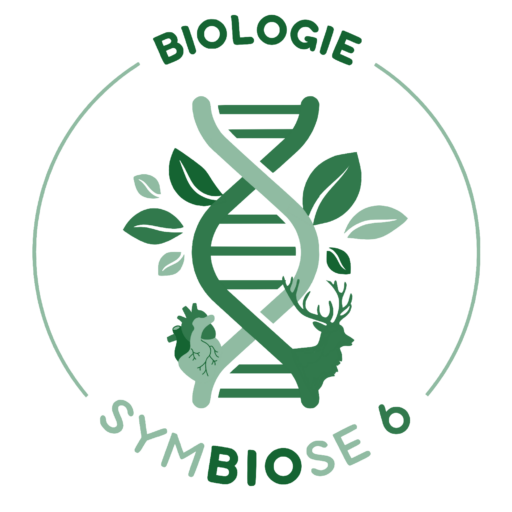ID CARD
Name : Sarcophilius harissa, also known as Tasmanian devil is a marsupial that owes its name to its ears that turn red when attacked, to its devilish growls and strident screams.
Habitat : As its name indicates, it only lives in Tasmania, an island state off the southern coast of Australia. It can be found in all types of habitats on the island : near habitations, in wooded coasts or even in forests.
Size : It’s a dog sized carnivorous animal.
Way of life : It is a nocturnal hunter, but also a scavenger. It spends its days hiding in bushes or holes.
INTERESTING FACTS ABOUT THIS ANIMAL TO USE WHILE FLIRTING …OR NOT
The Tasmanian devil is a cruel, fearless and a ferocious animal. It has an ogre’s appetite and it’s able to eat almost half his weight in one meal. Its ferociousness compensates for its small size : its large head and muscular jaws make its bite one of the most powerful that a mammal of this size can inflict. It will tear out flesh and crush bones without breaking a sweat.
Its cruelty is boundless, it can eat whatever comes to its paws : indeed, it is able to eat various animals such as birds, fish, wallabies, as well as trash like pencils, jeans, dog collars and even metallic sponges. It can even sleep in the bowels of its prey in order to eat it later on if it’s too large for one meal, so that nothing is left from the corpse !
Sharing is not the devil’s forte. It doesn’t hesitate to fight with its fellow creatures to get the biggest piece of meat, sometimes even to the death.
Nowadays, it only lives in Tasmania, but this was not always the case. The species was present in a large part of Australia, before disappearing 3000 years ago, notably because of a food competition with the dingo.
Currently considered an endangered species, its population was divided by 6 over the last twenty years. This is mostly due to a deadly disease : a face cancer transmissible between individuals. This tumor is transmitted by bite to the face during a flight for food or during mating. It causes deformities in the snout that may prevent it from feeding, and unfortunately dies of hunger.
Despite an unappreciable behavior, Tasmanian devil is important for australian ecosystems. Indeed, in order to avoid the devils, cats hunt during daytime instead of night. So the devil’s presence prevents cat from hunting nocturnal species like rats that improve the penetration of water and dead leaves in the soil by turning the dirt. This helps to limit the spread of fires.
Written by Clarisse BATIFOL
Translated by Vitushanie YOGARANJAN
Sources :
- https://www.nationalgeographic.fr/video/tv/les-rois-de-lembrouille
- https://www.science-et-vie.com/nature-et-enviro/le-jour-ou-le-diable-de-tasmanie-a-retrouve-l-australie-59864
- https://www.leparisien.fr/societe/le-diable-de-tasmanie-debarque-en-france-25-01-2019-7997088.php
- Image reference : https://img.natgeomedia.com/userfiles/sm/sm1920_images_A1/9444/2019092550519973.jpg



Comments are closed